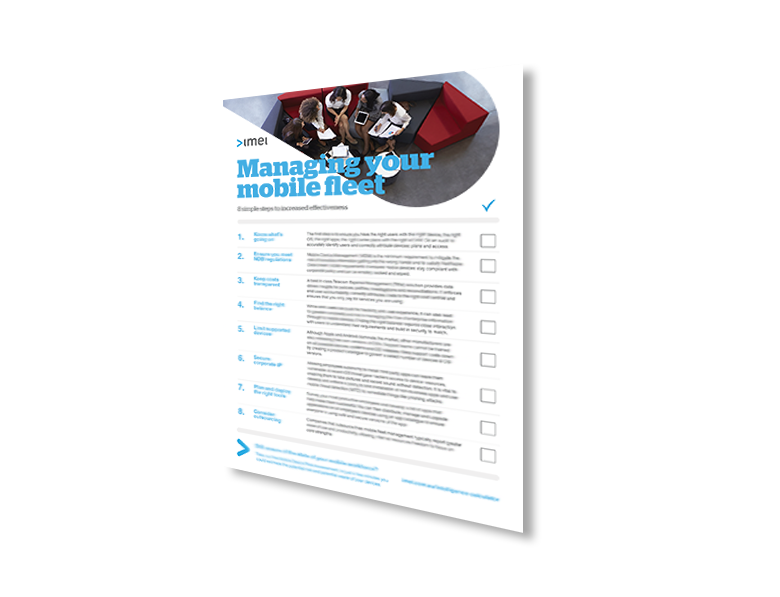The short answer to enterprise mobility management vs. mobile device management? EMM offers a complete solution that works to secure every aspect of the device and the information on it. Whereas, an MDM solution simply provides management controls over a device.
The use of software to manage mobile devices in the corporate environment has grown in parallel with the adoption of smartphones and tablets in the workplace. As mobile devices have also grown in complexity and sophistication, the software functionality required to manage them has also evolved. So, for most organisations, it’s not a question of enterprise mobility management vs. mobile device management. Mobile device management is a part of enterprise mobility management.
Mobile device management lays the foundation for enterprise mobility by providing a centralised platform to remotely manage different device types. Once a device is enrolled on the platform, IT is able to provision devices and enable:
- Configure device security and data settings, and remotely troubleshoot issues
- Set up location tracking to locate lost or stolen devices, monitor device for malware, and report issues in real time
- Perform remote data wiping in the event of a lost or stolen device
- Enforce security policies such as password protocols, or block installation of apps
- Prevent data loss with automatic data backup.
Mobile devices have evolved from communication tools to powerful business tools used for various complex business applications, enterprise mobility management (EMM) is a more evolved, sophisticated, and scalable set of features to manage enterprise devices, apps, content, and information.
Most EMM solutions offer MAM, MCM, MIM App Wrapping, and other features in addition to MDM, and provide:
- Comprehensive control over corporate data, apps, emails, and platforms
- Universal enterprise-grade security
- Customisable management tools allowing access levels to be set for each employee, device, or network
- Scalability to support evolving devices and services.













